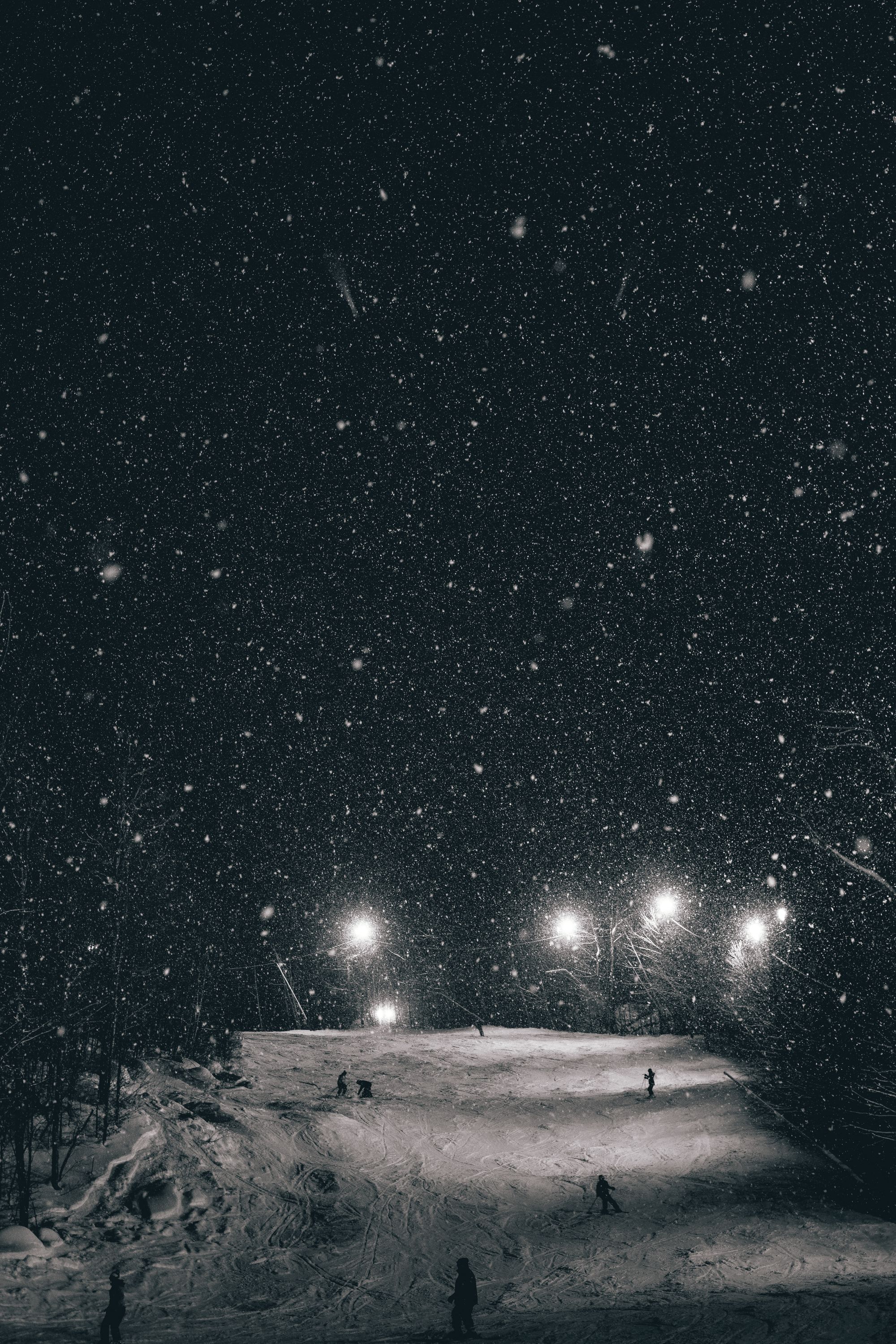Welcome to Afterglow, a newsletter that will change your mind. My name is Charles Bliss and I'm a psychedelic journalist from Norwich, UK.
As we all hope for a White Christmas, this week we're exploring how snowfall provides the perfect metaphor for understanding the neurological benefits of the psychedelic experience.

The frozen, crystalline state of water seems inherently psychedelic.
Its structure is reminiscent of a fractal — a geometric figure whereby each part shares the same character as the whole. Fractals often manifest in the visual distortions that occur during the psychedelic experience, as represented by the mandalic patterns of classic psychedelic art.
But snowflakes can also help us understand the therapeutic value of psychedelics.
Researcher Dr Robin Carhart-Harris says that taking psychedelics is like "shaking the snow globe".
He uses this analogy to describe how ingesting a psychedelic like LSD or psilocybin can introduce flexibility or "plasticity" into the brain. This allows the rigid neurological patterns of thought and behaviour, which are typical in those diagnosed with anxiety and depression, to be reset. By temporarily elevating entropy in the inflexible brain, the system is shaken out of its default patterns.
In How to Change Your Mind (2018), journalist Michael Pollan interviewed Mendel Kaelen from the Centre for Psychedelic Research at Imperial College London. Kaelen has since gone on to found wavepaths, a company that focuses on music for psychedelic therapy in collaboration with musicians like Brian Eno and Jon Hopkins.
Kaelen proposes an extended snow metaphor to describe the psychedelic experience:
"Think of the brain as a hill covered in snow and thoughts as sleds gliding down that hill. As one sled after another goes down the hill, a small number of main trails will appear in the snow. And every time a new sled goes down, it will be drawn into the pre-existing trails, almost like a magnet."

The trails represent the beaten path of neural connections in the brain.
“In time, it becomes more and more difficult to glide down the hill on any other path or in a different direction."
But drugs like psilocybin and LSD can provide novel experiences which, like a fresh snowfall, reconstitute the environment like a blank canvas.
“Think of psychedelics as temporarily flattening the snow. The deeply worn trails disappear and suddenly the sled can go in other directions, exploring new landscapes and, literally, creating new pathways.”
Let it snow.

🤯 Mind at Large
A breakdown of mind-blowing ideas I encountered this week:
🎙 Podcast – Interview with Roland Griffiths, PhD on Stage IV Cancer Diagnosis, Facing Death, How Meditation and Psychedelics Can Help, and The Art of Living a Life of Gratitude | The Tim Ferriss Show.
🎬 Video – A Four Hour Conversation With Dr. David Nichols | Hamilton Morris.
🌎 Resource – In the last edition of Afterglow, we explored the importance of creating psychedelic communities. This helpful directory and map pinpoints all of the different psychedelic societies across the world. Take a look and connect with your local community!

"Is there, in short, a medicine which can give us temporarily the sensation of being integrated, of being fully one with ourselves and with nature as the biologist knows us, theoretically, to be? If so, the experience might offer clues to whatever else must be done to bring about full and continuous integration. It might be at least the tip of an Ariadne’s thread to lead us out of the maze in which all of us are lost from our infancy."
Alan Watts
🫠 Enjoying this newsletter?
Forward to a friend and let them know where they can subscribe.

